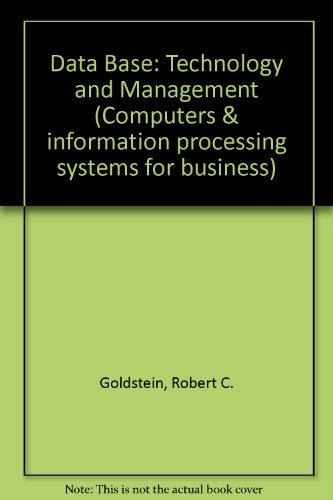Question
Please help me with this C++ code. Description: Rivers are very interesting! Small rivers flow and join into larger rivers which then join into even
Please help me with this C++ code.
Description:
Rivers are very interesting! Small rivers flow and join into larger rivers which then join into even larger rivers. This continues until eventually all rivers flow into the ocean. You are studying such a system of rivers and want to start by answering one basic type of query: given two rivers, at what point do they eventually connect? We say two rivers u and v connect at river k if k is the first river that lies on both sequences of rivers connecting u and v to the ocean. In particular, if u = v then we simply say they connect at u. Given a list of n rivers and a series of queries of this form, can you tell us when the two queried rivers connect?
Input:
The input consists of multiple lines, the first contains two integers, 1 n 100, 000, the number of rivers, and 1 q 1, 000, the number of queries. The next line contains n space separated integers indexed 1, . . . , n with each 0 aj j1, telling us that river j connects to river aj (with river 0 actually being the ocean). Then follow q lines, each with two space separated integers u and v with 0 u, v n, describing two rivers.
Output:
Output will contain q lines, one for each query. Each line will have a single integer k where rivers u and v connect. Target Running Time Each query must be solved in O(n) time for full credit. There is a very natural algorithm that can solve a query with this running time that does not rely on the standard library. Though, you are free to use the standard library if you wish.
Additional Requirements:
You must solve a query within a function with the following signature: int query(int* a, int n, int u, int v); Here, a points to the start of the array of values a[] from the description, n is the number of rivers, and u,v are the two query values from a single query. The function should return the river where u,v connect. You should change the parameter names to something more descriptive, but their types must be exactly as given. All cin and cout statements must be made within the main function. You may rely on additional helper functions if you want, but keep all input/output processing in main().
Sample Input:
1 3 2 0 0 1 1 3 1 2
Sample Output:
1 1 0
Explanation:
Given the input we have a1 = 0, a2 = 0, a3 = 1. To answer the query 1 3 we see that river 3 connects directly to river 1 so the river that u and v connect at is river 1. To answer the query 1 2 we see that river 2 connects directly to the ocean and also river 1 connects directly to the ocean, so the river that u and v connect at is river 0, the ocean.
Sample Input:
2 7 1 0 1 2 0 1 5 6 3 7
Sample Output 2:
1
Explanation:
Given the input we have a1 = 0, a2 = 1, a3 = 2, a4 = 0, a5 = 1, a6 = 5, a7 = 6. To answer the query 3 7 we see that river 3 connects to the ocean in the order 3 -> 2 -> 1 -> 0 and that river 7 connects to the ocean in the order 7 -> 6 -> 5 -> 1 -> 0. Both 3 and 7 flow to rivers 1 and 0, the first river they both flow to is 1, therefore they connect at 1.
Step by Step Solution
There are 3 Steps involved in it
Step: 1

Get Instant Access to Expert-Tailored Solutions
See step-by-step solutions with expert insights and AI powered tools for academic success
Step: 2

Step: 3

Ace Your Homework with AI
Get the answers you need in no time with our AI-driven, step-by-step assistance
Get Started


